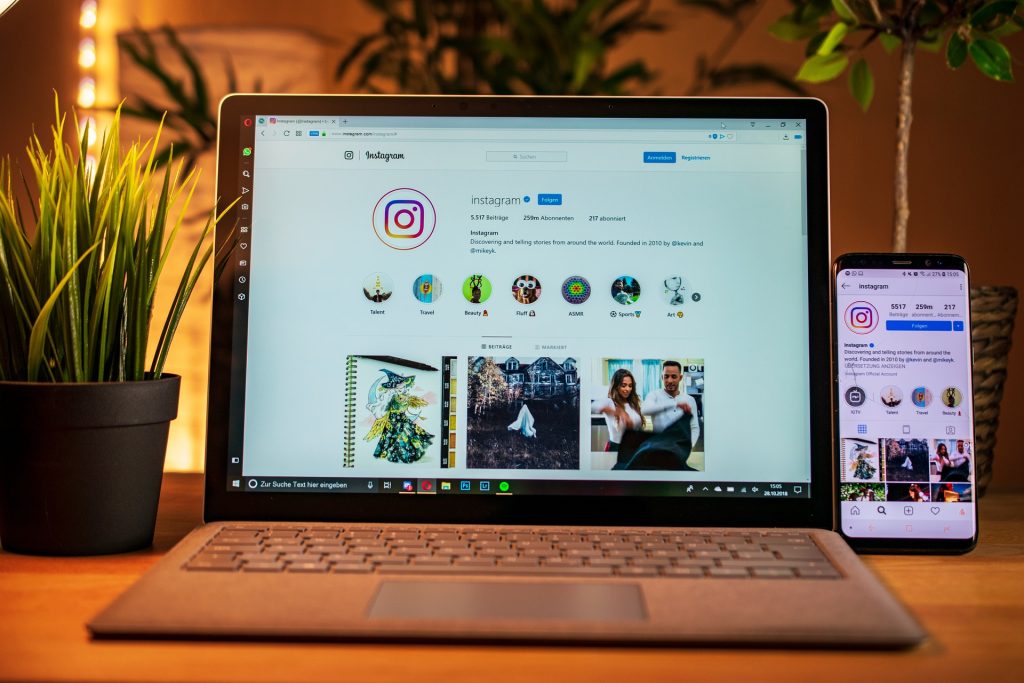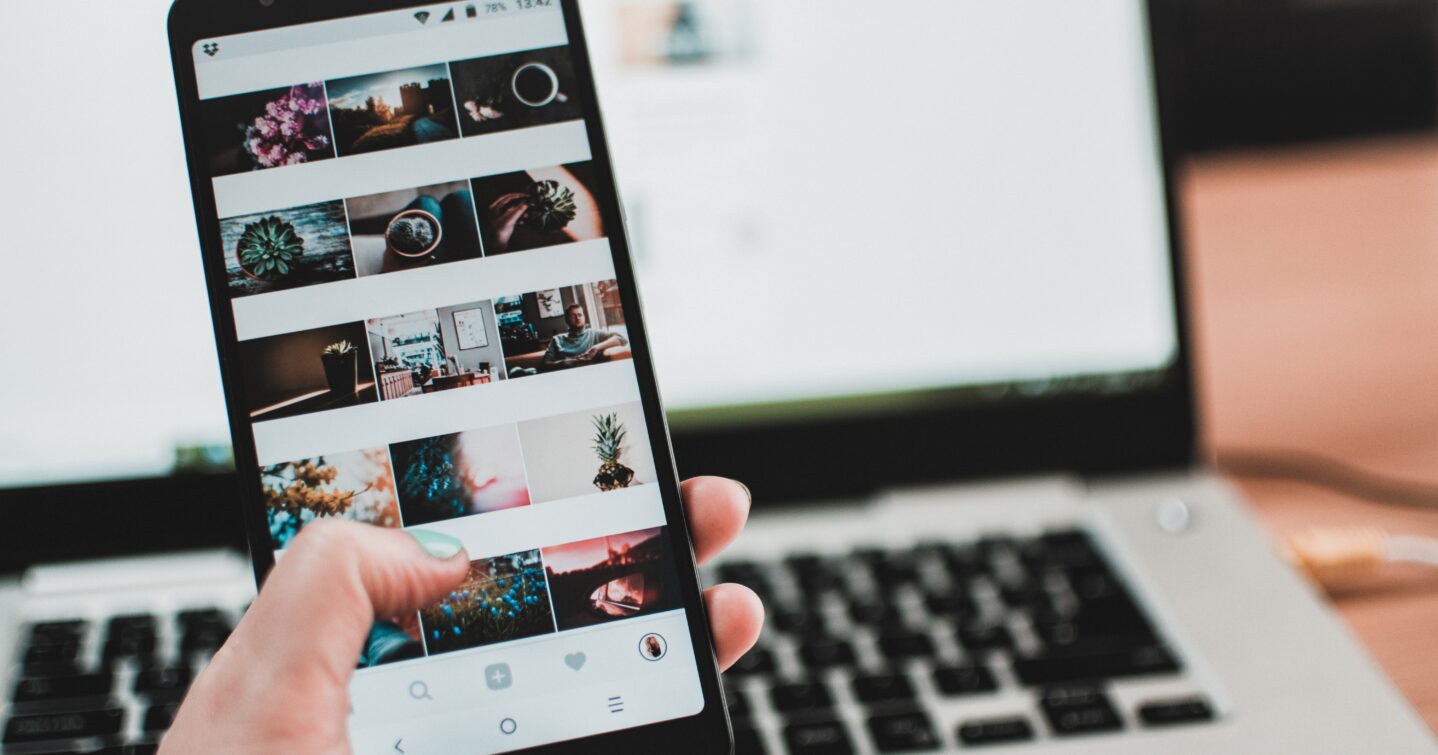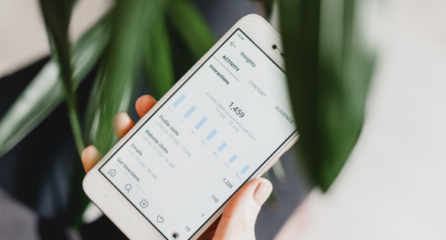If you’re interested in running influencer campaigns, this article is for you.
Influencer campaigns can be one of the most lucrative digital marketing methods for brands, especially when using social media influencers. However, measuring the performance of these campaigns is particularly elusive and misunderstood. A volatile and competitive market combined with difficult to measure metrics makes generating and qualifying results challenging.
Here at Loom, we understand how powerful influencer marketing can be, especially as part of a wider social media campaign. We’re always working to push our clients’ influencer campaigns to their full potential, and we pride ourselves on giving our clients measurable statistics about how their campaign is performing.
In this article, we’ll talk you through our top tips for achieving more powerful, effective and easier-to-measure influencer campaigns.
1. Set specific influencer campaign goals
While it might seem obvious, it’s really important to set specific goals for your influencer marketing campaign. Often, we see influencer campaigns that are thoughtlessly grouped under the general strategy of ‘brand awareness’. This can make them difficult to measure, and can actually prevent you from seeing the positive work they are doing.
By drilling down further than ‘brand awareness’ you can ensure you have more accountable goals to benchmark your campaign against and be able to see it’s true performance. This is especially relevant with Instagram hinting that the ‘like’” will soon be removed this typical measurement of engagement will soon be a thing of the past. Below are some examples of other campaign goals and key measurables:
- Audience Building Metrics – Monitor your follower numbers
- Sales Metrics – Use trackable links or discount codes to measure sales that come from your influencer campaigns
- Link Building Metrics – Number of other articles or influencers that link to your site
- Lead Generation Metrics – Measure the number of form submissions that come from your influencer campaign
- Reach New Audiences – Measure reach of your campaign’s posts
- Improve Engagement – Track the engagement rate & comments
- Curate User-Generated Content – Have influencers curate a number of posts that you can then repost.
2. Create your Influencer campaign guidelines
Choosing the right influencer for your brand can be difficult. By creating influencer campaign guidelines, you’ll find it easier to select the right influencers for your brand. This process can also help you understand which influencers don’t quite fit your campaign (even if you love their content)!
Start your campaign guidelines by mapping out some key targeting criteria you want your campaign to cover. For example:
- Demographics
- Platforms
- Countries
- Languages
- Industry
- Gender
- Size of influencers
Now, think about the more specific criteria that are important to your brand. Some good examples are:
- The cities you want your influencers to be in
- Their talent for storytelling
- Their creative skills
- The themes that they talk about
Lastly, you should check what other brands the influencers have worked with. For example, you’ll want to avoid working with influencers who have worked with your competitors recently.
3. Choose the right influencers for your brand
Once you have created your campaign guidelines, it’s time to choose your influencers.
There are lots of ways to find and choose influencers, but it will often come down to your budget levels and the size of influencers that you want to use (e.g. micro-influencers vs macro-influencers).
Finding Influencers for higher budget campaign
At the high-end of the scale, there are influencer campaign platforms that will do most of the leg work when it comes to finding a good influencer. You can provide them with your campaign guidelines, and they’ll be able to recommend people to work with based on that and your budget.
One of my favourites is Buzzoole. Then there are platforms that link you with relevant influencers, such as Tribe or local Bristol-based ones like Social Light
Finding Influencers for lower budget campaigns
For smaller budgets, a lot of this work will need to be manual. But this can still be very effective. By manually sifting through popular hashtags and researching the followers of followers you can curate a list of potential influencers that you can then approach away from formal platforms. Keep your guidelines in mind when reaching out to various micro-influencers.
4: Make sure there’s synergy across all your digital channels
Once you’ve chosen your influencer, it’s time to make sure the campaign will fit in with the other digital activity you have running.
At Loom, we’re all about making different digital channels work together in harmony. Integrated digital marketing is at the heart of everything we do, and influencer marketing can be a very powerful cog in the overall digital marketing mix.
So, when planning your influencer campaign, it’s important to consider how it will work with your other digital channels.
There are lots of ways to do this:
- Make sure the messaging and content are in line with the content shown across your other channels. This will avoid confusion from users if they see Instagram promoting one message while Google Ads promotes another.
- Update relevant campaigns to accommodate for the Influencer activity. For example, if you’re running a Google Search Campaign, make sure you’re bidding on keywords around your influencer. This will help you pick up on relevant searches that closely relate with your product – as users are likely to start associating your product with the influencer. You should also post some of the influencer content on your organic channels, such as your social media platforms, and your website. Again, this will create synergy across more digital channels – and also save you time on creating content.
- Don’t forget remarketing. By using Google Analytics, you can segment out the audiences that visited your website from the influencer campaign and remarket to them across different platforms. This allows your brand to continue nurturing the relationship with your audience, moving them down the sales funnel. In addition, this audience segment can then be used to create lookalike audiences that can capture users who are similar to the people who have already engaged with your influencer campaign. This widens the overall reach and impact that your influencer campaign has.
- Set your influencer campaign live. Now for the most nerve-wracking part of the whole process – setting the campaign live. However, if you’ve followed the steps above, you’ll be on the right track to launching a successful influencer campaign.
Once you’ve set your campaign live, the most important thing to do is keep monitoring it. Learn from the data, and make changes to the campaign based on what you learn. This can be things like tweaking the copy to be in line with the copy that’s performing the best, following patterns that you see emerging and not being afraid to act on gut instinct!

Influencer campaigns with Loom Digital
At Loom, our digital marketing and social media experts can help you plan an effective and powerful influencer campaign that meets your goals. We’ll manage everything – from sourcing the right influencers to managing relationships and negotiating fees.
Furthermore, our focus on integrated digital marketing means we can run influencer campaigns in line with any other digital marketing activity you have running. This makes sure all your channels work with each other to generate even more powerful results for your business. Find out more about our social media and influencer marketing services.
If you need help running your influencer campaign or want to start on the journey, get in touch with our expert team today. Send us an email on [email protected] or call us on 0117 923 2021 and we’ll be more than happy to answer any questions.





